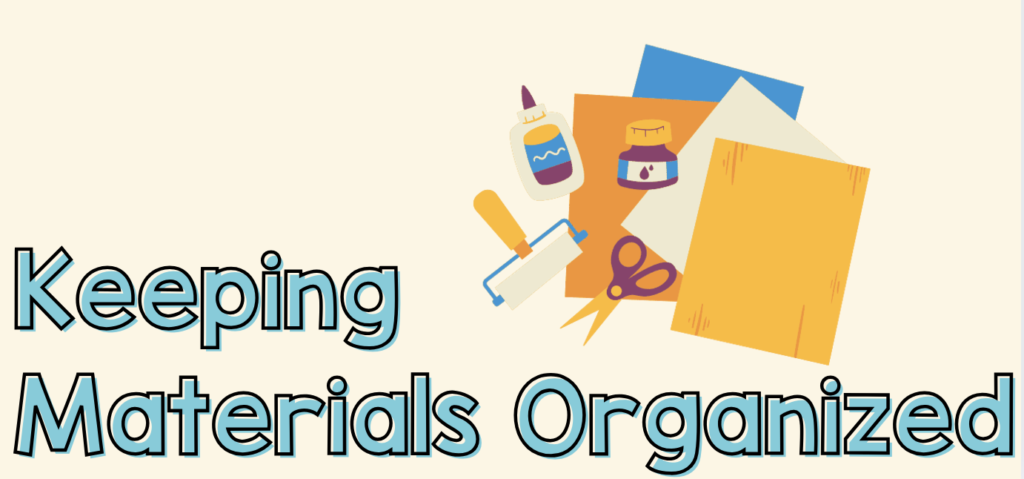As teachers, we juggle countless materials, resources, and lesson plans every day. An organized classroom not only makes your life easier but also creates a positive learning environment for your students.
Here are some practical tips for keeping your teaching materials organized and accessible.
1. Create a System That Works for You
Before diving into organization, take a moment to assess what materials you have and how you typically use them. Create a system that makes sense for your workflow. Whether you prefer a digital approach, a physical filing system, or a combination of both, find what suits you best.
2. Use Binders and Folders
Binders and folders are fantastic tools for organizing lesson plans, worksheets, and assessments. Color-code them by subject or unit, and use dividers to keep everything in its place. You can also add pockets for loose papers. This way, you’ll have quick access to what you need without sifting through piles of paperwork.
3. Label Everything
Labeling is key to maintaining organization. Use a label maker or write labels by hand for boxes, shelves, and bins. Clear labels help you and your students know where materials belong, making it easier to find items and return them to the right spot.
4. Designate a Space for Everything
Every item should have a designated spot in your classroom. Create specific areas for supplies, books, and resources. For example, set up a reading corner with a shelf for books, a bin for reading logs, and a space for students to choose and return books. The more clearly defined the spaces, the easier it will be to keep things organized.
5. Implement a Daily Cleanup Routine
Encourage your students to participate in keeping the classroom organized. Set aside a few minutes at the end of each day for a quick cleanup. Assign roles or tasks, such as returning books to the shelf or organizing supplies. This fosters responsibility and keeps the classroom tidy.
6. Use Technology for Digital Organization
In today’s digital age, consider utilizing technology to help manage your materials. Tools like Google Drive, Dropbox, or Microsoft OneNote can help you keep lesson plans, student assignments, and resources organized and easily accessible from anywhere. Create folders for each subject or unit and regularly back up your files.
7. Create an Inventory System
Keep track of your classroom materials with an inventory system. Use a spreadsheet to log supplies, books, and other resources. Regularly update this inventory to know what you have on hand and what needs replenishing. This can save time and help avoid last-minute scrambles for materials.
8. Declutter Regularly
Set aside time at the end of each month or term to declutter your materials. Go through your resources and remove anything that is outdated or no longer needed. This not only helps keep your space organized but also allows you to make room for new materials.
9. Utilize Storage Solutions
Invest in storage solutions that fit your classroom’s needs. Use clear bins for visibility, drawer carts for easy access, and wall-mounted shelves to save floor space. The right storage can transform chaotic corners into organized areas that enhance your classroom’s functionality.
10. Reflect and Adjust
Finally, remember that organization is an ongoing process. Regularly reflect on what is working and what isn’t. Be open to adjusting your system as needed to better suit your teaching style and classroom dynamics. Flexibility is key to maintaining a clutter-free environment.
Conclusion
An organized classroom not only saves you time but also enhances your students’ learning experience. By implementing these strategies, you can create a space that fosters creativity and productivity. Start small, stay consistent, and watch as your organized classroom transforms your teaching experience!


